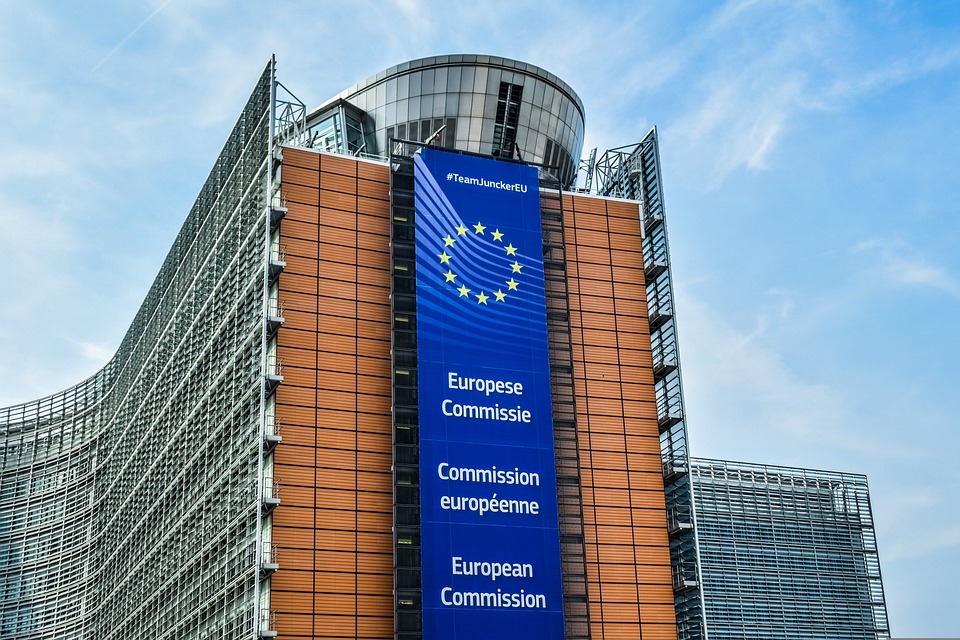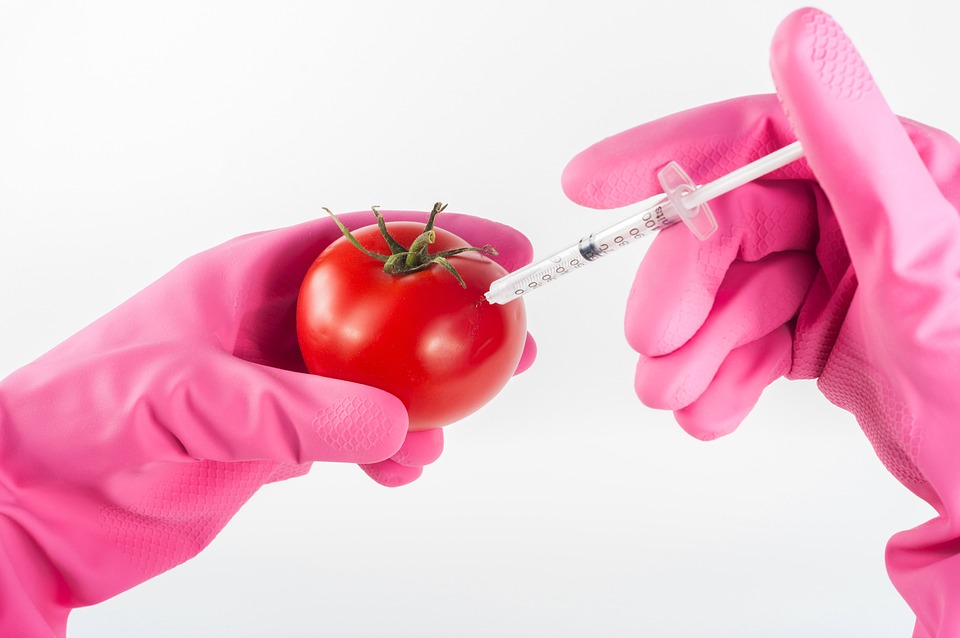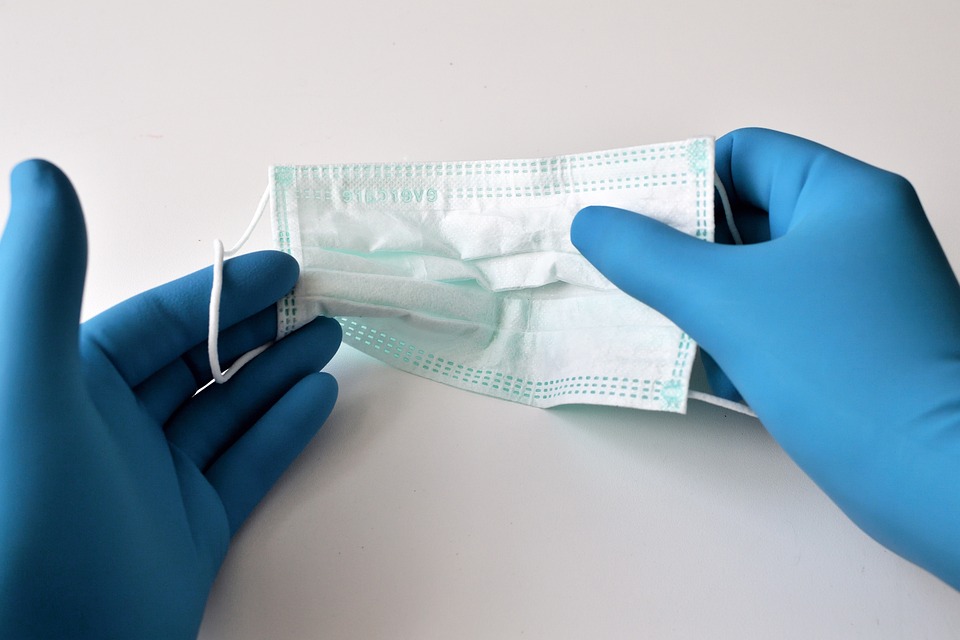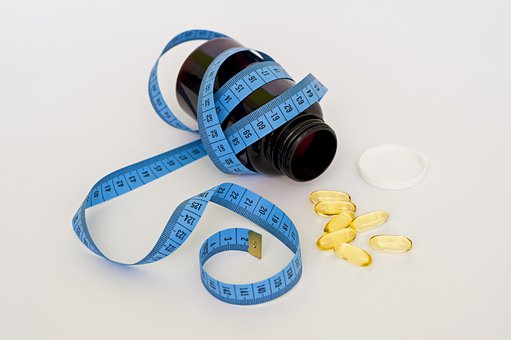
As of February 7th, 2022, the use of titanium dioxide as a food additive was banned throughout the European Union. There is a six-month time period in which foods containing titanium dioxide that were produced before February 7th, 2022, were still able to be sold until August 7th, 2022. This ban comes after an updated safety assessment done by the European Food Safety Authority, which concluded that titanium dioxide can no longer be considered safe as a food additive due to the potential for genotoxicity.
The recent ban on titanium dioxide has set off a race among food companies to find an alternative ingredient to use in their products.
The safety of food is the most important thing for companies that make it. They should know which ingredients and additives are allowed and not allowed, because if they break the rules, there can be big problems like having to take food back, being fined, and people losing faith in the brand.
What are food ingredients and food additives?
An ingredient is a substance or product that is used in the manufacture or preparation of food and is still present in the finished product.
Food additives are substances that are added to food for a variety of reasons, such as preservation, coloring, or sweetening. The European Union’s definition of a food additive is “any substance not normally consumed as a food in itself and not normally used as a characteristic ingredient of food, whether or not it has nutritive value.”
“Food ingredient” refers to food additives, which are always included in the ingredient lists of the foods they are used in.
Which food ingredients and additives are banned in the EU?
- Potassium bromate
- Azodicarbonamide
- Brominated vegetable oil (BVO)
- Olestra
- Titanium dioxide (TiO2)
- Sudan dyes
- Auramine O (AO)
- Rhodamine B
- Propylparaben
- Artificial colors (Yellow No. 5, No. 6, Red No. 40)
Only additives that are listed in the EU legislation can be added to food, and this can only be done under specific conditions. The additives that are authorized in foodstuffs and their conditions of use can be found in Annex II of Regulation (EC) No 1333/2008 on food additives. There is also a food additive database available on the European Commission website for the public to look up permitted food additives.
Although some food additives are banned in the EU, others are still allowed in other countries such as the United States. For example, BHA and BHT are approved by the U.S. Food and Drug Administration (FDA) as food additives.
How does the ban affect food companies?
The EU implemented a ban on artificial sweeteners, preservatives, and other additives after research showed that these items could be harmful to human health. This will force food companies to take greater care in ensuring that their products are safe for consumers. Here are some of the potential impacts:
- First, foods containing banned ingredients are not allowed to be sold. Companies trying to sell their products in Europe will encounter more barriers to market entry.
- Second, it will force food manufacturers to change what can be used as ingredients in food products, which opens opportunities for the emergence of new and healthier food choices.
- Third, there will be a disruption in food companies’ supply chain, as they may have to switch to suppliers who can provide alternative ingredients at the same price point and allow companies to retain the same food characteristics.
- The advertising strategies of food manufacturers and retailers may change along with the new buying behaviors of consumers.
The ban will prevent food manufacturers from selling their products immediately. It is important to note that these regulations will not just affect food manufacturing and buying behaviors, but also have a ripple effect on the entire business ecosystem- for example, bettering people’s nutrition and health, promoting new innovation and brands, and changing the market share of food companies.
Why are some food additives that are banned in Europe still used in the U.S.?
Some food additives found in common items in US grocery stores are not allowed in Europe. Similarly, there are drugs and hormones given to animals for growth or milk production that are not permitted in the US.
Although food additives are considered safe in the United States, they may be considered a cancer risk on other continents. The United States’ approach to food safety influences the ingredients in your food, and what you need to know about additives that are prohibited in Europe but still deemed safe by the U.S. Food and Drug Administration (FDA).
When it comes to additives, U.S. regulators focus on probability, EU considers possibilities
Justin J. Kastner claimed that Europe have a more cautious approach to examining chemicals and additives, as opposed to the United States.
The United States has been more likely to focus on the probability of hazards occurring, while the European Union has been more concerned with the possibility of hazards occurring. This has resulted in the EU banning more additives than the United States.
Food industry lobbying helps shape policy in the U.S.
conservatism when it comes to regulating food additives. Sheela Sathyanarayana, MD, who is an associate professor of pediatrics and adjunct associate professor within the department of environmental and occupational health sciences at the University of Washington in Seattle, agrees with this assessment. Dr. Sathyanarayana is currently serving on the U.S. Environmental Protection Agency’s Scientific Advisory Board for the Toxics Substances Control Act.
Sathyanarayana says that in the United States, the food industry has a strong presence and is able to impact the creation of regulation and policy surrounding food additives.
FDA lags Behind Europe in updating regulations and reevaluating additives
The Toxic Substances Control Act (TSCA) was revised by the United States Environmental Protection Agency (EPA) so that chemicals may be evaluated before they are put on the market; however, Sathyanarayana claims that this revision does not account for the legacy of decades of chemicals that are already present.
In contrast to the system in the United States, the European food chemical review system recently reevaluated all approved food chemicals, according to Maegan McBride, MPH, science policy associate at the Center for Science in the Public Interest (CSPI) in Washington, D.C.
The Center for Science in the Public Interest is an independent consumer advocacy organization that provides practical and science-based advice on food safety.
According to McBride, the United States does not have a system set up to regularly reassess chemicals and this could be harmful because new information about toxicology is constantly emerging.
Consumer preference is helping to reduce the use of food additives
manufacturers are becoming more conscientious of the ingredients they use in their products due to pressure from consumers. Sathyanarayana believes that this trend of being more aware of what goes into products will continue and that eventually, manufacturers will be able to eliminate harmful ingredients altogether.
Food additives and cancer: What’s the evidence?
McBride states that it can be difficult to figure out the cancer risk that additives may have on humans.
The speaker states that it would be unethical to conduct a randomized placebo-controlled trial in humans when there is a chemical of concern or it is suspected that the chemical is associated with an adverse outcome.
McBride explains that it would be unethical to give a person a substance that may hurt them. He says this is why animal testing is common in these cases.
The American Cancer Society has stated that, although laboratory studies cannot always predict if a substance will cause cancer, most carcinogens that have been found to cause cancer in laboratory animals have also been found to cause cancer in humans. The Society has also pointed out that, in most cases, the amount of exposure that animals experience is much higher than that of a typical human, making it difficult to determine the risk. However, the Society has stated that, if a substance is found to cause cancer in animals, it is reasonable to assume that reducing human exposure to that substance will reduce the risk of developing cancer.
According to the Centers for Disease Control and Prevention, most chemicals and additives that are known to cause cancer in animals have not been proven to cause cancer in people. These substances are sometimes referred to as possible human carcinogens.
Additives that are banned in Europe that are allowed in the U.S.
Here’s a rundown of food additives that aren’t allowed in Europe but are still used in the United States:
Titanium Dioxide
Titanium dioxide is used as an additive for coloring and can be found in various food items such as Skittles, Starburst, baked goods, soups, broths, sauces, and sandwich spreads. However, according to Sathyanarayana, titanium dioxide can build up in the body over time as it is not excreted very well.
Why is the additive banned in Europe? The additive is banned in Europe because it has been shown to be genotoxic in studies. Genotoxicity refers to the ability of a chemical substance to damage DNA, which is the genetic material in all cells, and it may lead to carcinogenic, or cancerous, effects.
On May 6, 2021, the European Food Safety Authority (EFSA) issued a statement that it no longer considered titanium dioxide safe when used as a food additive. The EU regulators didn’t find conclusive evidence on the toxic effects of titanium dioxide, but they couldn’t rule out concern for genotoxicity. Consequently, they couldn’t establish a safe level of daily intake of the additive. As a result, the European Commission will now prohibit the use of titanium dioxide as a food additive.
The European Food Safety Authority’s recommendation to ban titanium dioxide is likely to be followed eventually, but it has not happened yet. This will be decided by the European Commission and the Member States. The CSPI and the EFSA have not yet issued recommendations on whether people should remove titanium dioxide from their diets.
Potassium Bromate
This additive is used in white flour, bread, and rolls to increase the volume of the bread and give it a fine crumb (not crusty) structure. However, bromate has been shown to cause cancer in animals, and trace amounts of the chemical may remain in bread which could potentially be a small health risk to consumers, says McBride.
The use of bromate has been banned in most countries, with the exception of Japan and the United States. In 1999, the CSPI petitioned the FDA to ban bromate, and they recommend that consumers avoid this additive. Many millers and bakers have stopped using bromate, and it is rarely used in California due to the possibility that a cancer warning may have to be included on the labeling, according to the organization.
In 1986, California created a law called Proposition 65 that requires businesses to provide warnings on product labels if the product contains a chemical that may be harmful to health. Some food and product safety experts think that California’s regulation could be a model for other states.
Azodicarbonamide
This additive is usually found in bread and packaged baked goods, McBride says.
The Center for Science in the Public Interest has found that azodicarbonamide can form two potentially risky chemicals when it is baked. One of those, semicarbazide, does not appear to pose a risk to humans. However, the second chemical, urethane, is a recognized carcinogen.
The Center for Science in the Public Interest is urging the United States to ban azodicarbonamide, a food additive that has been linked to cancer, despite the small risk. They recommend avoiding it altogether.
Butylated Hydroxyanisole (BHA) and Butylated Hydroxytoluene (BHT)
The additives in this preserve food and prevent them from going bad, says McBride.
One concern with BHA is that it may increase cancer risk. A previous study found that BHA caused cancer in the stomach of rats and concluded that the additive should be classified as a “sufficient evidence of carcinogenicity” according to the International Agency for Research on Cancer (IARC) criteria. The U.S. Department of Health and Human Services stated that BHA is “reasonably anticipated to be a human carcinogen” in a 2011 report. CSPI recommends people avoid consuming BHA.
Although BHT is not officially classified as a carcinogen, there is some evidence that it may contribute to cancer in rats. Additionally, BHT has been linked to developmental effects and thyroid changes in animals.
EWG suggests avoiding the use of BHT, especially when it is used in conjunction with BHA.














